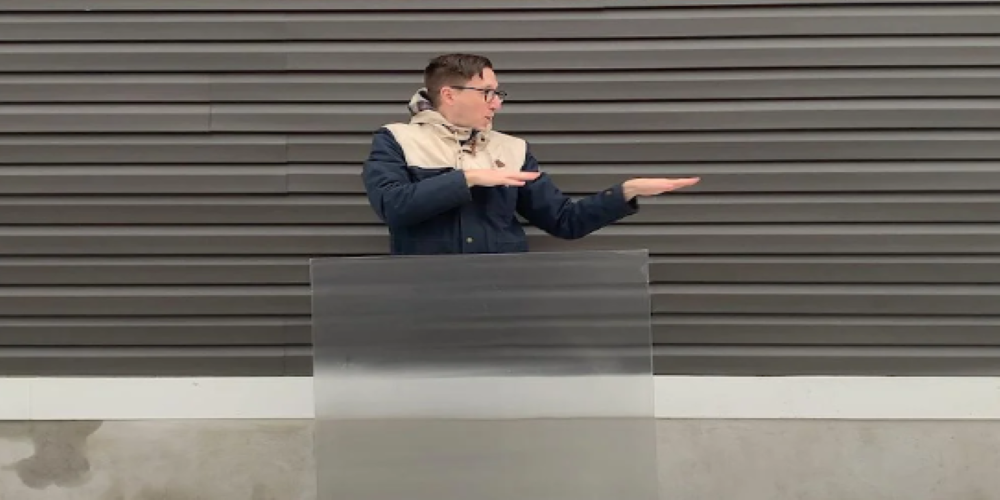A sheet of transparent plastic called a lenticular sheet has a collection of tiny convex lenses on one side and a flat surface on the other. The transformation of a two-dimensional picture into several different optical illusions is made possible by using a tiny convex lens. When the viewing angle of a lenticular sheet is adjusted, viewers can observe spectacular effects created using lenticular technology.
Lenticular Sheet Defining Traits And Characteristics
Creating an eye-catching lenticular print requires a mix of artistic skill and scientific understanding. The appropriate lens selection is of equal importance to the selection of a stunning setting. Lenticular sheets, like any other plastic, come with unique requirements and parameters depending on the task. In general, there are eight different criteria that you should consider when deciding what kind of sheet you require for your project. These criteria are as follows:
Material
APET, PETG, Polypropylene, Polycarbonate, PVC, and Polystyrene are the typical materials used in its production; however other substances may also be used depending on the purpose. Acrylic or APET are the materials you should most likely choose for a do-it-yourself project. Acrylic has a reputation for being a more pricey material than other options. However, considering that we are not discussing projection on a mass scale, the price difference is not all that significant.
Lenses' Respective Densities
It is often denoted by the abbreviation LPI. The numbers 10, 15, 20, 30, 40, 42, 60, 75, 100, 161, and 200 are all examples of common LPIs. The LPIs for lenticular projects printed with an inkjet printer are 60, 40, 30, 15, and 10. Both the 60 and the 40 are suitable for printing on letter-sized paper. The 30 and lower are suitable for bigger printing on wide-format printers, such as those used to produce posters or point-of-sale signs.
Thickness
It may be measured in inches or millimeters and impacts the depth of a picture that ranges from 0.25mm up to 6.3mm. The density of LPI has an inverse connection with the thickness of the material. The lenticular sheet will have a greater thickness when the LPI is lower.
Viewing Angle
Within this v-shaped area, lenticular pictures may be viewed in their whole and without distortion. In most cases, the viewing angle is a broad guideline for determining the kind of impression produced. A tiny viewing angle makes the image incredibly responsive to change in the sense that all the viewer has to do to see a new set of visuals is to swivel their head ever-so-slightly in a different direction. When using wide-angle lenses, the spectator has to swivel their head significantly to see a new set of photographs, which means that the change is not as sensitive. Because of this, lenses with a small viewing angle are more suited for producing 3D effects, while lenses with a wide viewing angle are better suited for producing dynamic prints.
Viewing Distance
The term "viewing distance" refers to the physical distance between you and the print. This is an essential component to consider when selecting the appropriate lenticular sheet for your application. Since the number of LPI and the ideal viewing distance have an inverse correlation, the optimal viewing distance will be farther away from the subject when the LPI is larger.


